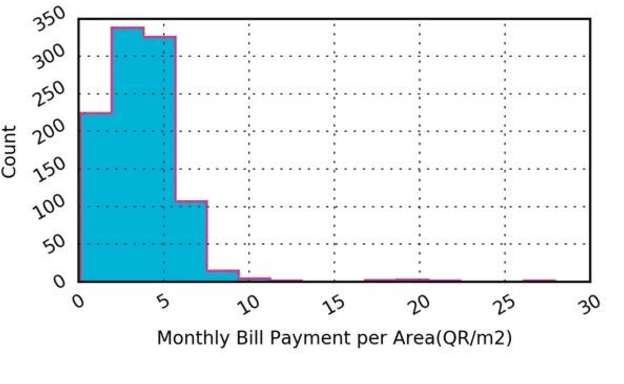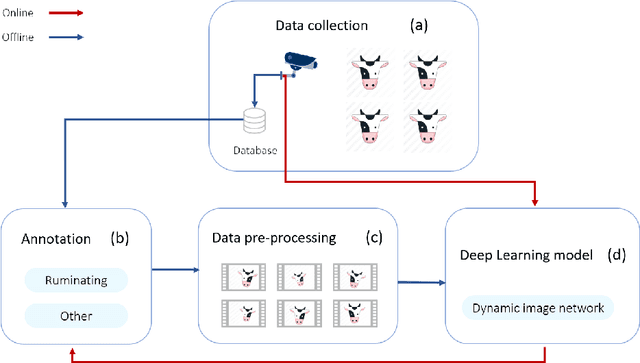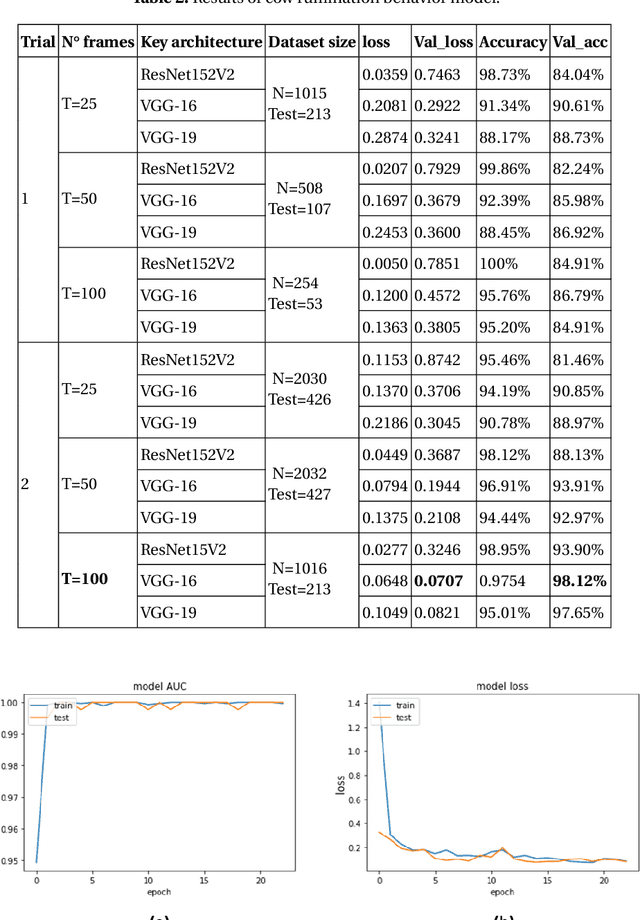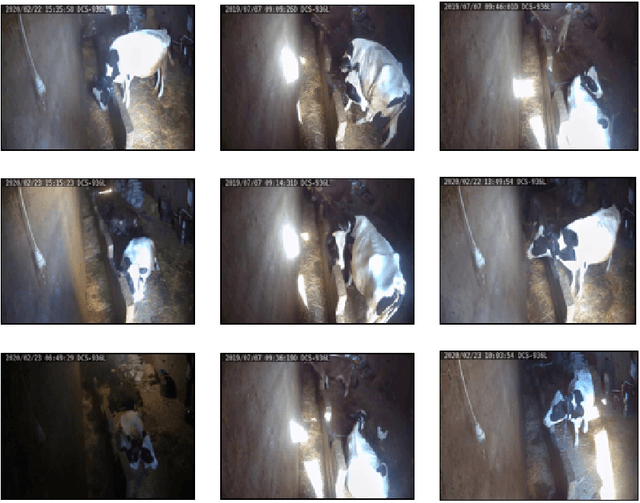Rateb Jabbar
AI Recommendation System for Enhanced Customer Experience: A Novel Image-to-Text Method
Nov 16, 2023Abstract:Existing fashion recommendation systems encounter difficulties in using visual data for accurate and personalized recommendations. This research describes an innovative end-to-end pipeline that uses artificial intelligence to provide fine-grained visual interpretation for fashion recommendations. When customers upload images of desired products or outfits, the system automatically generates meaningful descriptions emphasizing stylistic elements. These captions guide retrieval from a global fashion product catalogue to offer similar alternatives that fit the visual characteristics of the original image. On a dataset of over 100,000 categorized fashion photos, the pipeline was trained and evaluated. The F1-score for the object detection model was 0.97, exhibiting exact fashion object recognition capabilities optimized for recommendation. This visually aware system represents a key advancement in customer engagement through personalized fashion recommendations
* 6 pages, 5 figures
Exploration of carbonate aggregates in road construction using ultrasonic and artificial intelligence approaches
Feb 12, 2023Abstract:The COVID-19 pandemic has significantly impacted the construction sector, which is sensitive to economic cycles. In order to boost value and efficiency in this sector, the use of innovative exploration technologies such as ultrasonic and Artificial Intelligence techniques in building material research is becoming increasingly crucial. In this study, we developed two models for predicting the Los Angeles (LA) and Micro Deval (MDE) coefficients, two important geotechnical tests used to determine the quality of rock aggregates. These coefficients describe the resistance of aggregates to fragmentation and abrasion. The ultrasound velocity, porosity, and density of the rocks were determined and used as inputs to develop prediction models using multiple regression and an artificial neural network. These models may be used to assess the quality of rock aggregates at the exploration stage without the need for tedious laboratory analysis.
* 8 pages, 4 figures
Reshaping Smart Energy Transition: An analysis of human-building interactions in Qatar Using Machine Learning Techniques
Nov 16, 2021



Abstract:Policy Planning have the potential to contribute to the strategic development and economic diversification of developing countries even without considerable structural changes. In this study, we analyzed a set of human-oriented dimensions aimed at improving energy policies related to the building sector in Qatar. Considering the high percentage of expatriate and migrant communities with different financial and cultural backgrounds and behavioral patterns compared with local communities in the GCC Union, it is required to investigate human dimensions to propose adequate energy policies. This study explored the correlations of socioeconomic, behavioral, and demographic dimensions to determine the main factors behind discrepancies in energy use, responsibilities, motivations, habits, and overall well-being. The sample included 2,200 people in Qatar, and it was clustered into two consumer categories: high and low. In particular, the study focused on exploring human indoor comfort perception dependencies with building features. Financial drivers, such as demand programs and energy subsidies, were explored in relation to behavioral patterns. Subsequently, the data analysis resulted in implications for energy policies regarding interventions, social well-being, and awareness. Machine learning methods were used to perform a feature importance analysis to determine the main factors of human behavior. The findings of this study demonstrated how human factors impact comfort perception in residential and work environments, norms, habits, self-responsibility, consequence awareness, and consumption. The study has important implications for developing targeted strategies aimed at improving the efficacy of energy policies and sustainability performance indicators.
Dairy Cow rumination detection: A deep learning approach
Jan 07, 2021



Abstract:Cattle activity is an essential index for monitoring health and welfare of the ruminants. Thus, changes in the livestock behavior are a critical indicator for early detection and prevention of several diseases. Rumination behavior is a significant variable for tracking the development and yield of animal husbandry. Therefore, various monitoring methods and measurement equipment have been used to assess cattle behavior. However, these modern attached devices are invasive, stressful and uncomfortable for the cattle and can influence negatively the welfare and diurnal behavior of the animal. Multiple research efforts addressed the problem of rumination detection by adopting new methods by relying on visual features. However, they only use few postures of the dairy cow to recognize the rumination or feeding behavior. In this study, we introduce an innovative monitoring method using Convolution Neural Network (CNN)-based deep learning models. The classification process is conducted under two main labels: ruminating and other, using all cow postures captured by the monitoring camera. Our proposed system is simple and easy-to-use which is able to capture long-term dynamics using a compacted representation of a video in a single 2D image. This method proved efficiency in recognizing the rumination behavior with 95%, 98% and 98% of average accuracy, recall and precision, respectively.
* 17 pages, 6 figures, 4 tables
Driver Drowsiness Detection Model Using Convolutional Neural Networks Techniques for Android Application
Jan 17, 2020



Abstract:A sleepy driver is arguably much more dangerous on the road than the one who is speeding as he is a victim of microsleeps. Automotive researchers and manufacturers are trying to curb this problem with several technological solutions that will avert such a crisis. This article focuses on the detection of such micro sleep and drowsiness using neural network based methodologies. Our previous work in this field involved using machine learning with multi-layer perceptron to detect the same. In this paper, accuracy was increased by utilizing facial landmarks which are detected by the camera and that is passed to a Convolutional Neural Network (CNN) to classify drowsiness. The achievement with this work is the capability to provide a lightweight alternative to heavier classification models with more than 88% for the category without glasses, more than 85% for the category night without glasses. On average, more than 83% of accuracy was achieved in all categories. Moreover, as for model size, complexity and storage, there is a marked reduction in the new proposed model in comparison to the benchmark model where the maximum size is 75 KB. The proposed CNN based model can be used to build a real-time driver drowsiness detection system for embedded systems and Android devices with high accuracy and ease of use.
Real-time Driver Drowsiness Detection for Android Application Using Deep Neural Networks Techniques
Nov 05, 2018



Abstract:Road crashes and related forms of accidents are a common cause of injury and death among the human population. According to 2015 data from the World Health Organization, road traffic injuries resulted in approximately 1.25 million deaths worldwide, i.e. approximately every 25 seconds an individual will experience a fatal crash. While the cost of traffic accidents in Europe is estimated at around 160 billion Euros, driver drowsiness accounts for approximately 100,000 accidents per year in the United States alone as reported by The American National Highway Traffic Safety Administration (NHTSA). In this paper, a novel approach towards real-time drowsiness detection is proposed. This approach is based on a deep learning method that can be implemented on Android applications with high accuracy. The main contribution of this work is the compression of heavy baseline model to a lightweight model. Moreover, minimal network structure is designed based on facial landmark key point detection to recognize whether the driver is drowsy. The proposed model is able to achieve an accuracy of more than 80%. Keywords: Driver Monitoring System; Drowsiness Detection; Deep Learning; Real-time Deep Neural Network; Android.
 Add to Chrome
Add to Chrome Add to Firefox
Add to Firefox Add to Edge
Add to Edge